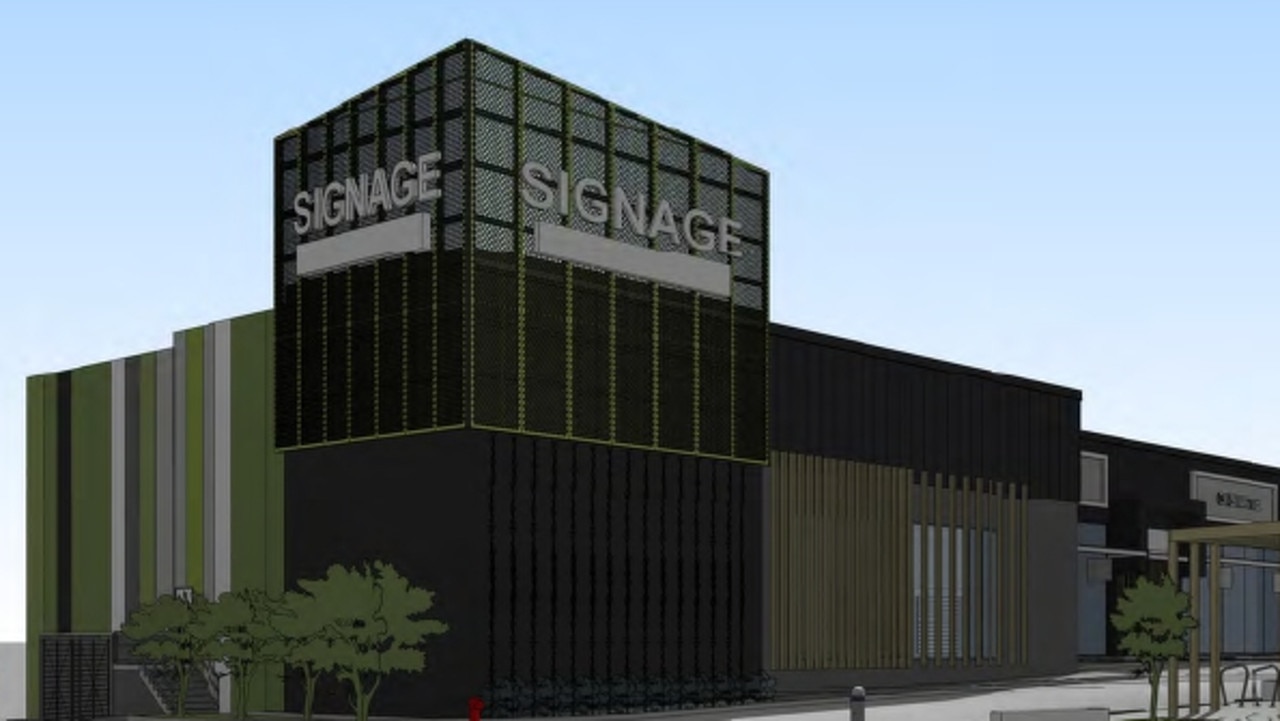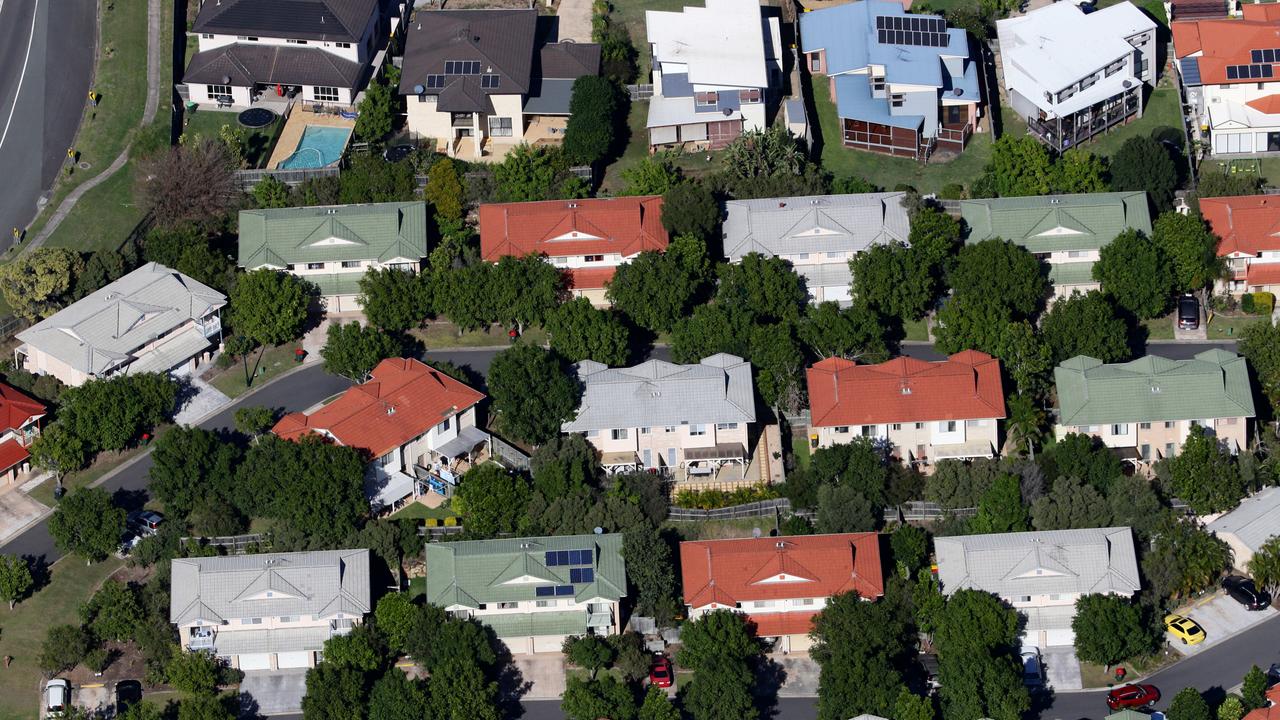Brisbane home prices rise 4.72pc to ride out interest rate storm
Brisbane home prices grew 4.72 per cent to ride out the toughest interest rate tightening since the 90s and remains the strongest of all capitals since Covid-19, PropTrack’s latest index has found.

Property
Don't miss out on the headlines from Property. Followed categories will be added to My News.
Brisbane is walking away from the toughest interest rate tightening since the 90s with 4.72 per cent annual growth in house prices, and remains the strongest of all capital city markets since Covid-19, latest data has confirmed.
The PropTrack Home Price Index, out Thursday, found home prices in Brisbane fell just 0.04 per cent in November, making the Qld capital’s total drop since its recent price peaks at 2.71 per cent.
PropTrack Senior Economist and report author Eleanor Creagh said “Brisbane has continued to see the strongest price growth of the capital cities since the onset of the pandemic in March 2020”.
“Brisbane prices are now up 4.72 per cent over the last year. Compared to pre-pandemic levels, prices are up 44.1 per cent, making it the strongest performing capital city.”

Brisbane’ median home value is $721,000 now, the PropTrack report found, with regional Qld’s median at $616,000.
Regional Qld fell 0.49 per cent in November, with prices sitting 2.98 per cent below their recent price peak, but up 4.97 per cent annually.
Qld’s regions are seeing prices a massive 47.8 per cent higher than they were before the pandemic.

Ms Creagh believes there are further price falls to come, given the interest rate tightening cycle would not be complete until early next year.
“National home prices have fallen for the eighth month in a row, with the fastest interest rate tightening cycle since the 1990s weighing on home prices in most parts of the country,” she said.
“Though the pace of price falls remains significantly less than the larger falls seen in June and July when interest rates first started rising, the downturn has continued to deepen as interest rates continue to rise.”

She said a further 25 basis point rate rise – taking the cash rate above 3 per cent in December – “is all but certain” come the Reserve Bank of Australia’s monetary policy meeting on Tuesday.
“With additional rate rises on the horizon, borrowing costs will continue to increase and maximum borrowing capacities will further reduce. The significant reduction in borrowing capacities implies further price falls. Though, positive demand effects will counter the downward pressure to a degree, with price falls likely to ease once interest rates stop rising in 2023.”




